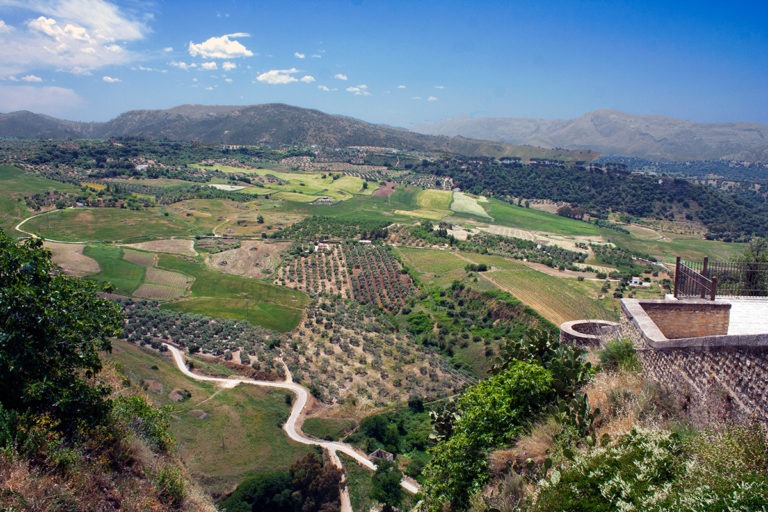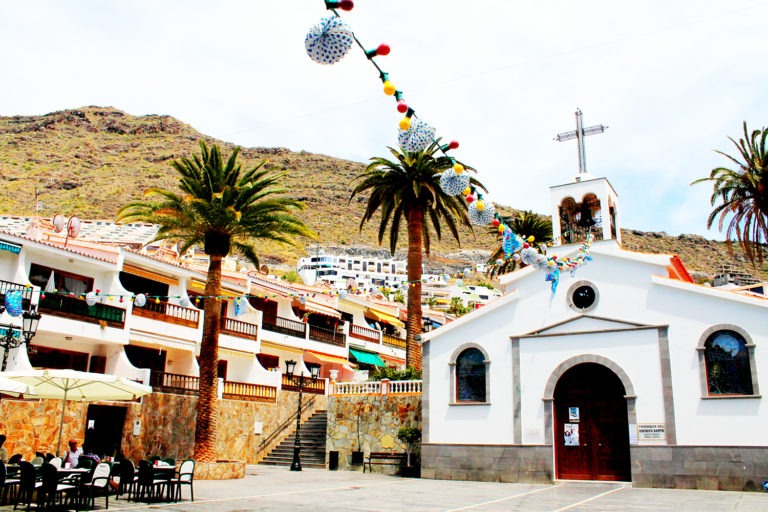More than meets the eye: visiting the Alhambra in Granada
Did you know that southern Spain was once governed by a powerful emirate? Don’t worry — most people don’t. The Alhambra in Granada is indeed the living proof that the Iberian Peninsula — now Spain and Portugal — used to be part of the expansive Al-Andalus territory between the 8th and the 15th century, right up until the Christian Reconquista of 1492 where Spain officially became Christian as a whole.
But at the time of the Moors, as they were called, locals enjoyed considerable economic and cultural wealth as the region was regarded as a beacon of education and progress not only in the Islamic world but across the planet; Al-Andalus benefited from strong ties between Christians, Jews and Muslims alike as each person was free to practice their religion despite the preferences of their ruler, a Muslim emirate.
With such prowess came considerable fortune, and this is where the famous Alhambra in Granada comes into play. The “Red Fortress” is now a UNESCO World Heritage Site and remains, to this day, one of the largest Islamic fortresses on the planet and one of the most significant architectural landmarks — not to mention, one of the most amazing things to do in the beautiful city of Granada.
The Alhambra in Granada
 Flamenco players earlier that day at the mirador
Flamenco players earlier that day at the mirador
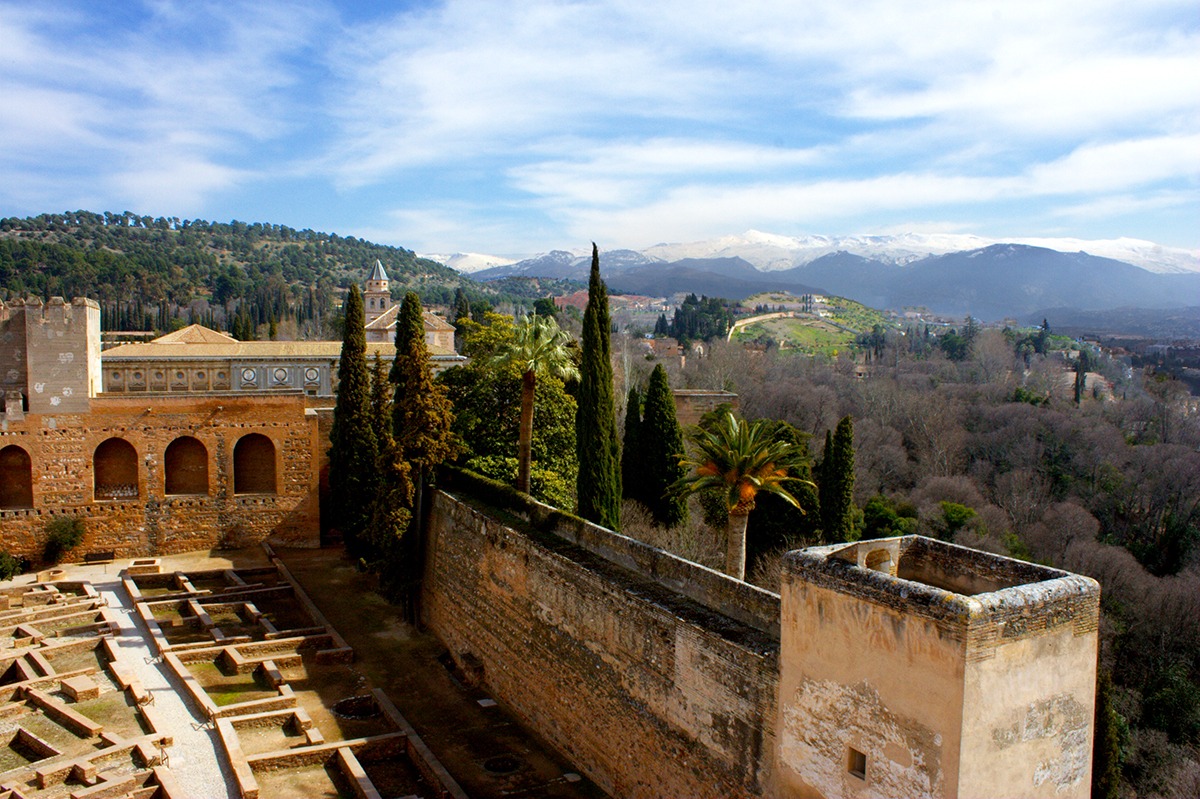 Atop the Alcazaba, looking onto the Sierra Nevada mountain range
Atop the Alcazaba, looking onto the Sierra Nevada mountain range
The Alhambra’s location, as most royal palaces and fortresses, was not decided as a coincidence. Overlooking the valley of Granada city on one side, the heights of Jewish-run Albaicín on the other and the vast expanses at the foot of the Sierra Nevada in the southeastern distance, it’s no wonder many defensive towers still remain today. The Alcazaba — Spanish for citadel — consists of the ramparts of the Alhambra and were built by Mohammed I on the precipitous, rocky foreland advancing towards the city below.
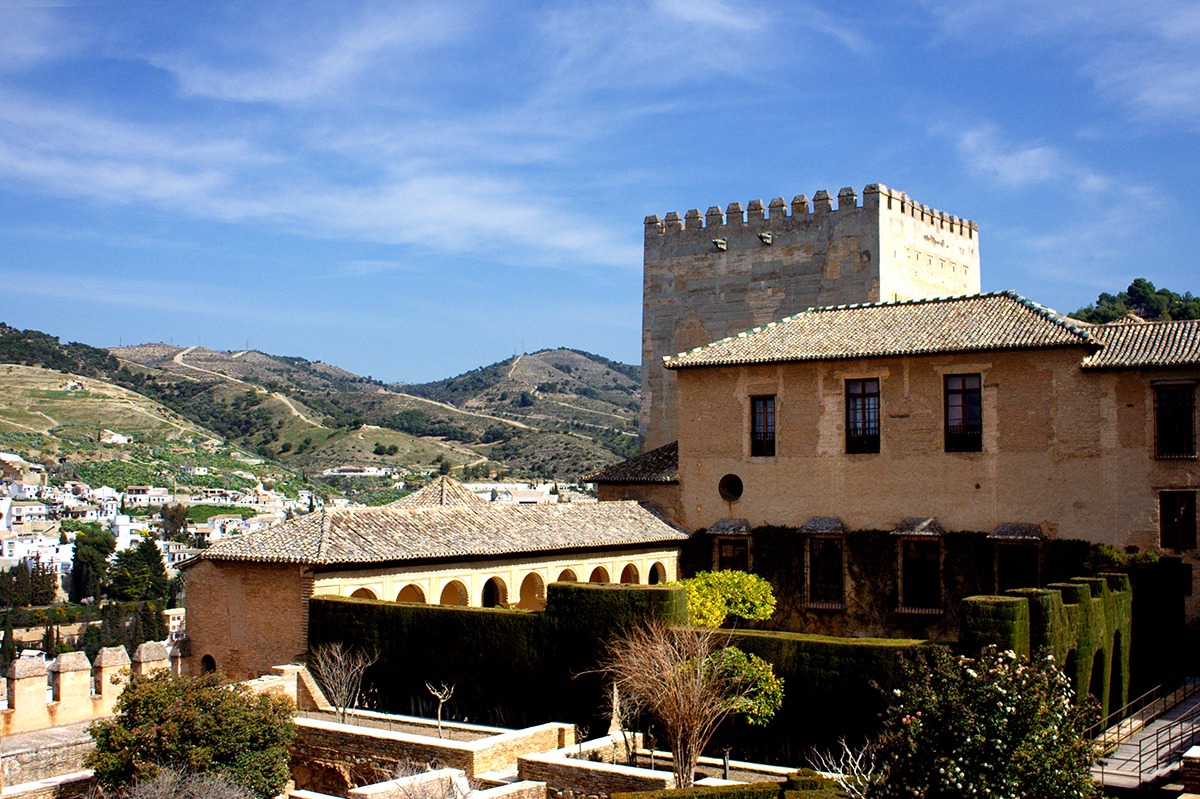
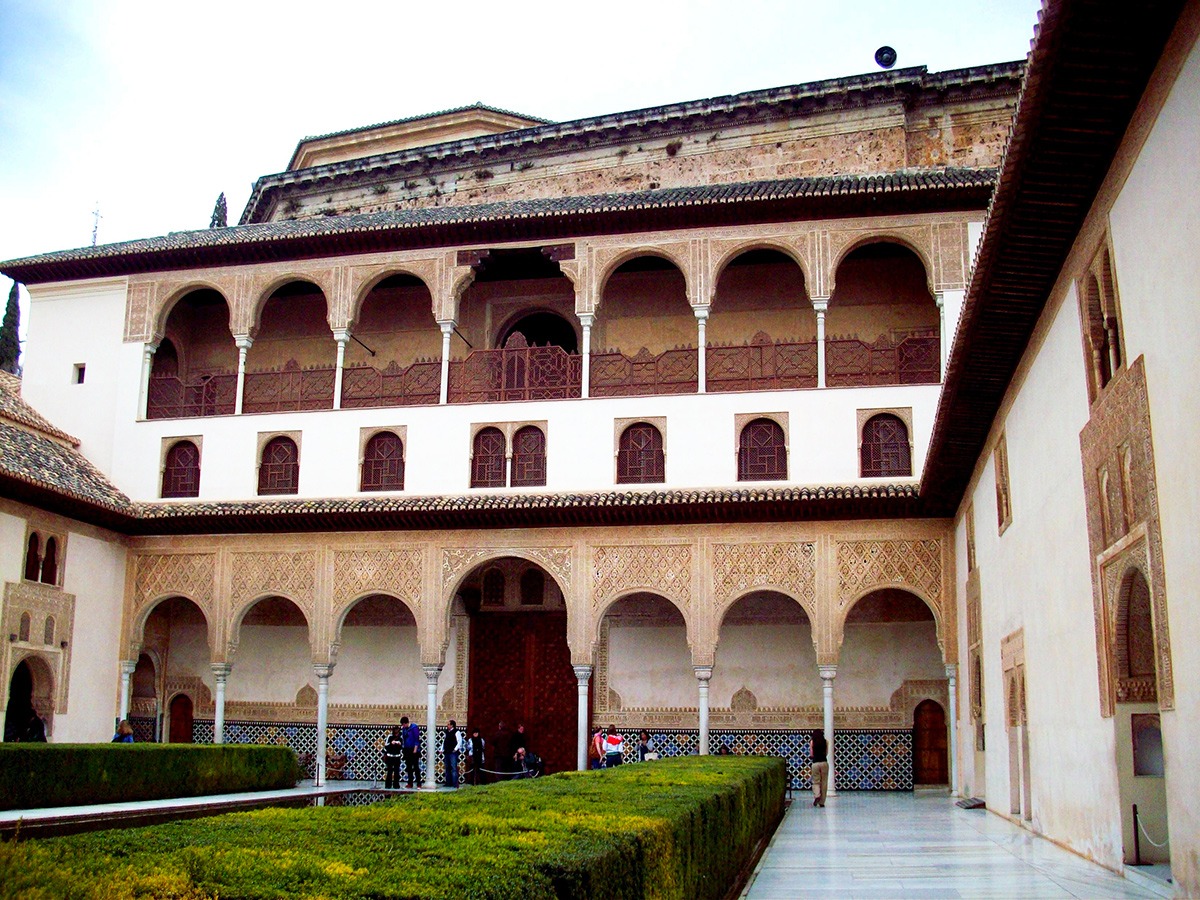 The Court of Myrtles
The Court of Myrtles
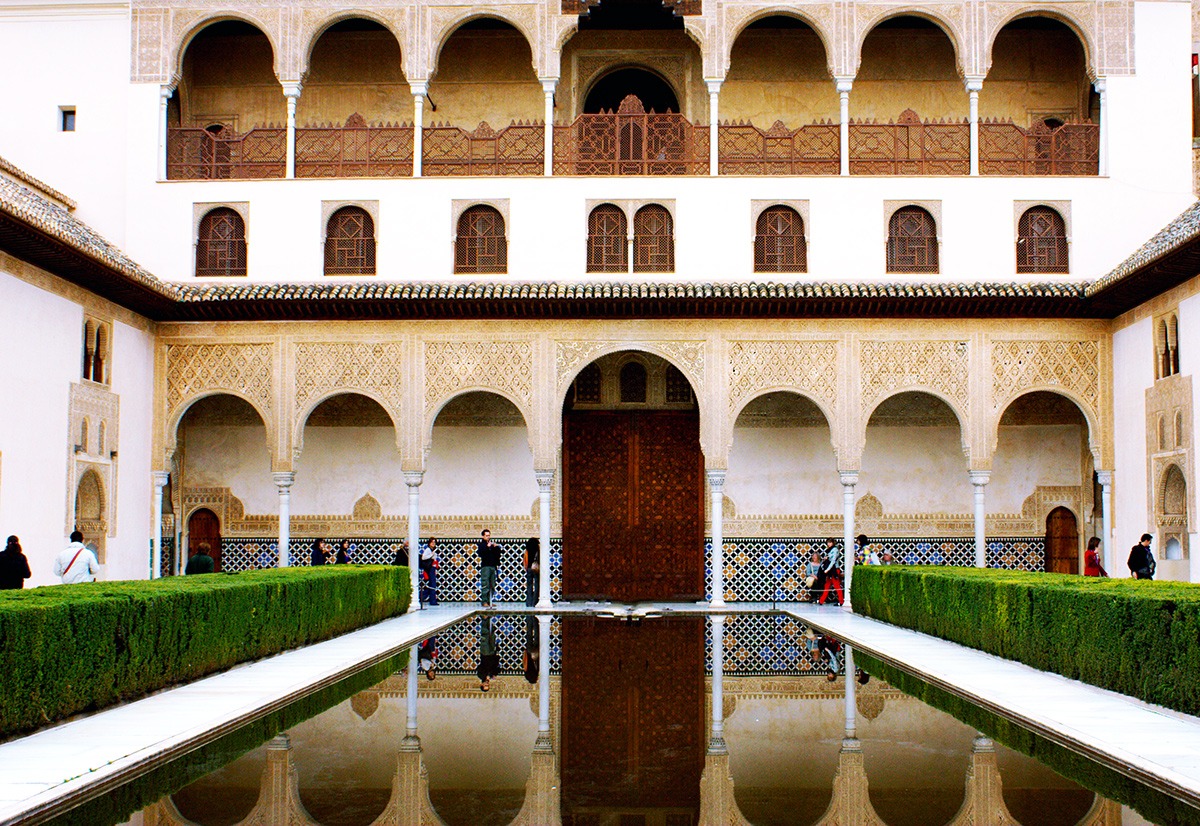 The Court of Myrtles
The Court of Myrtles
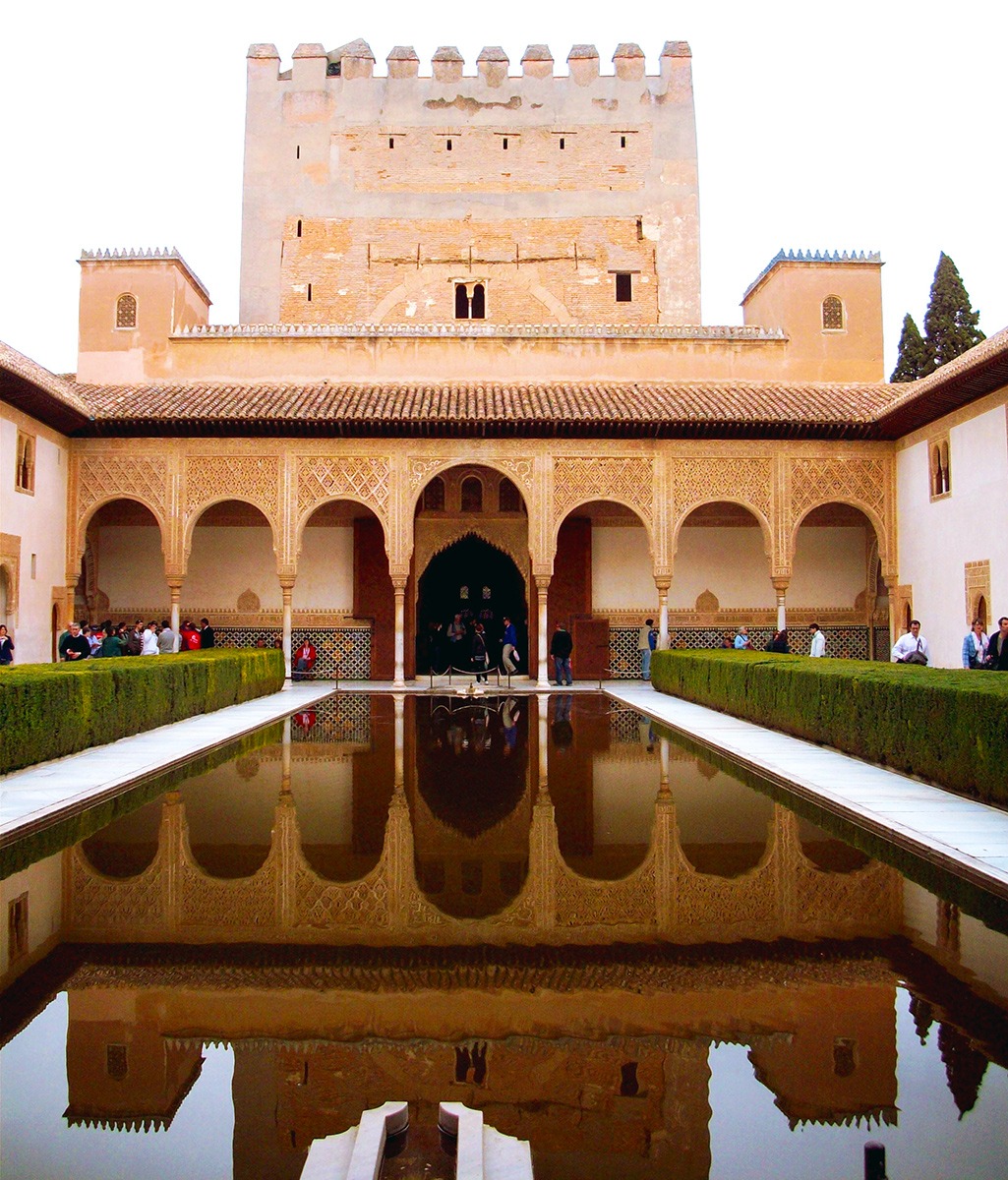
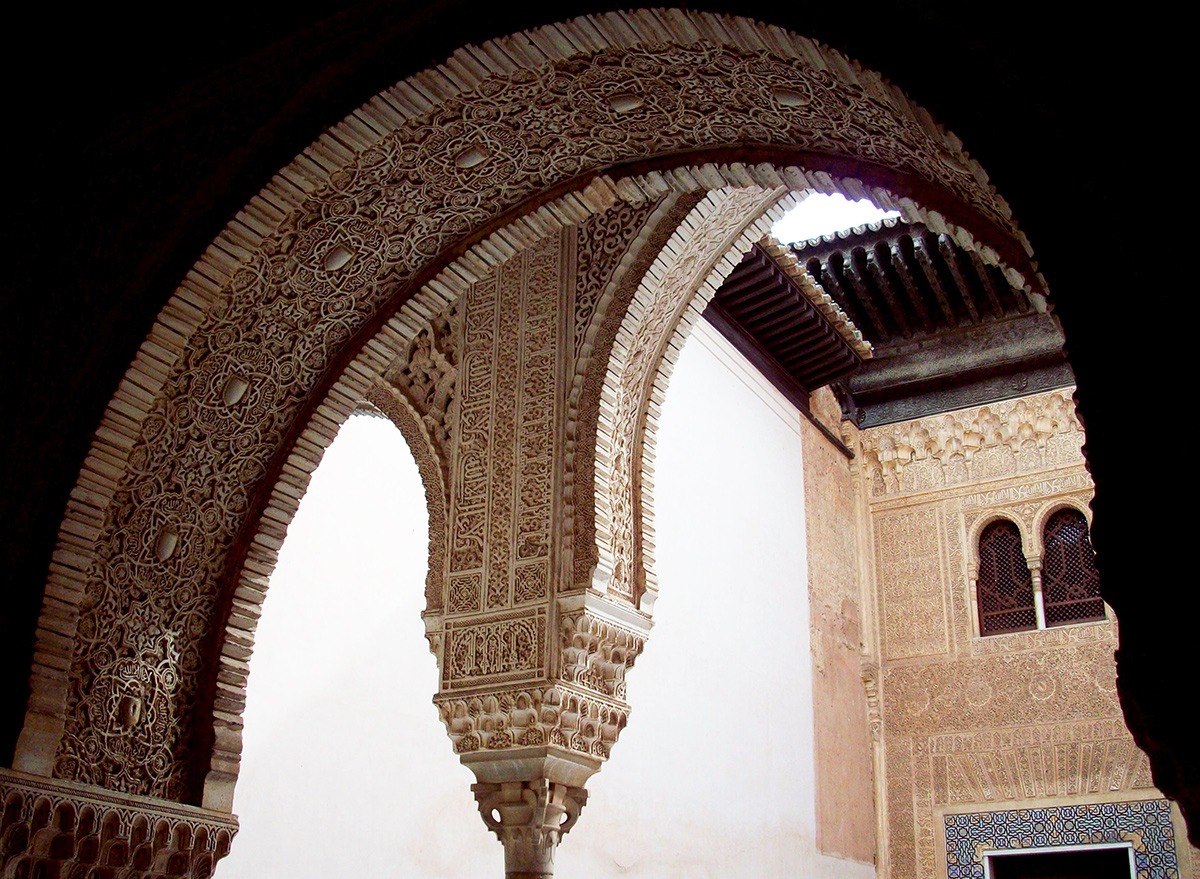
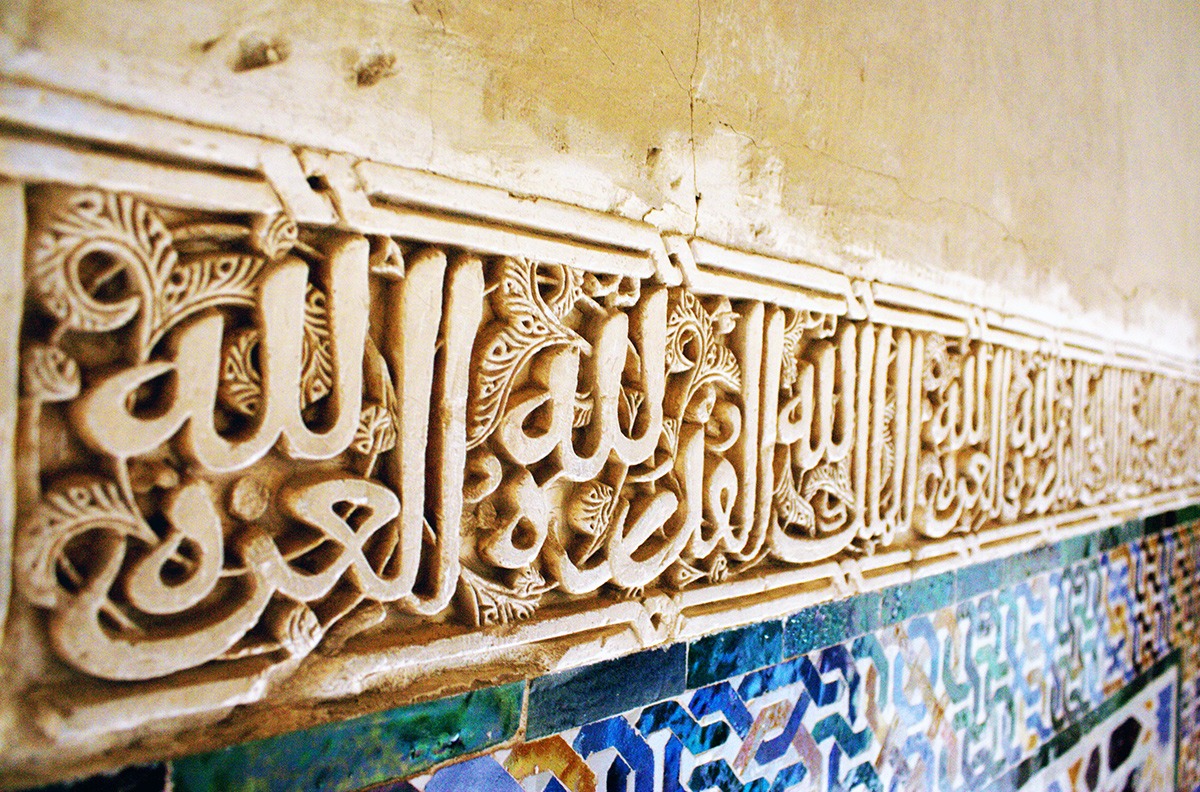
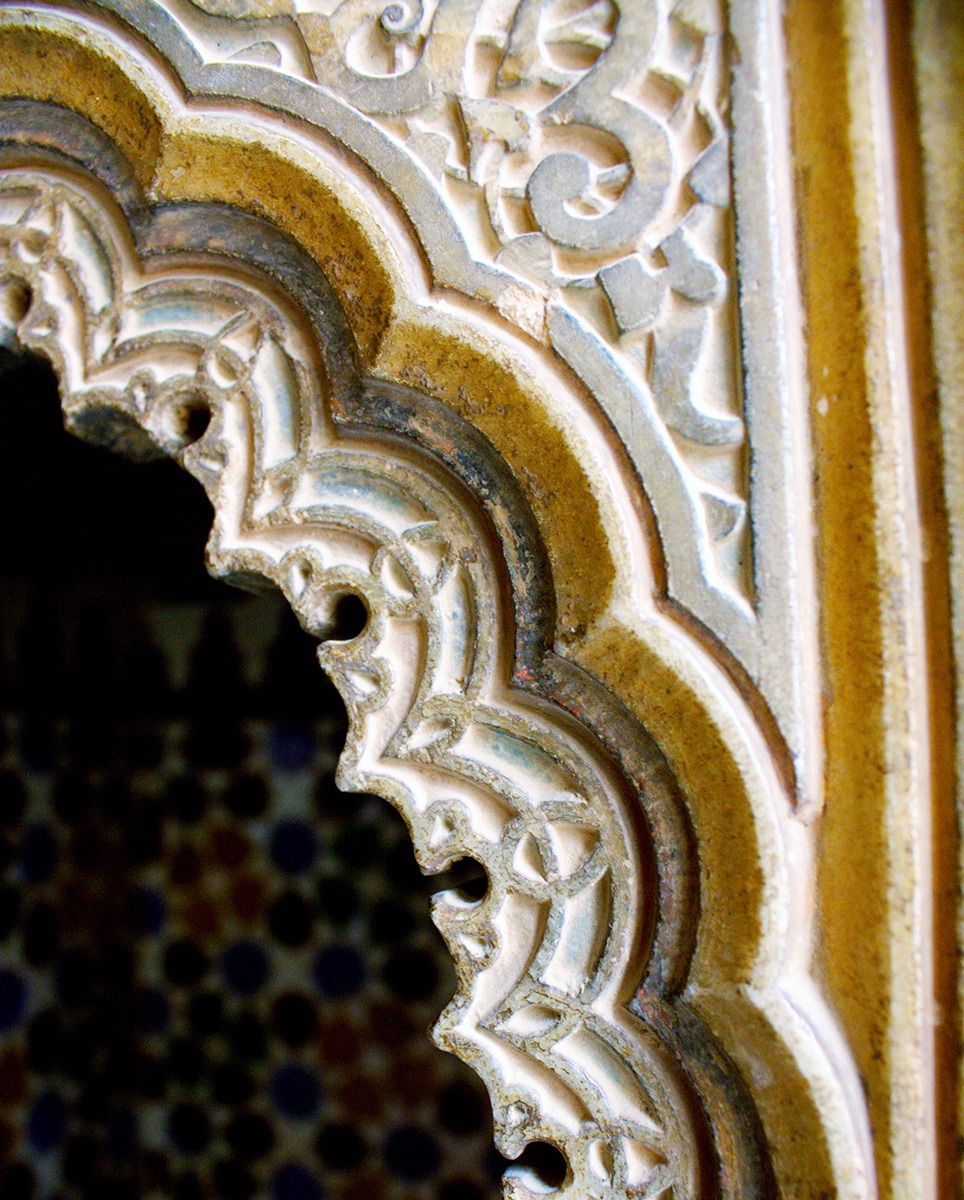
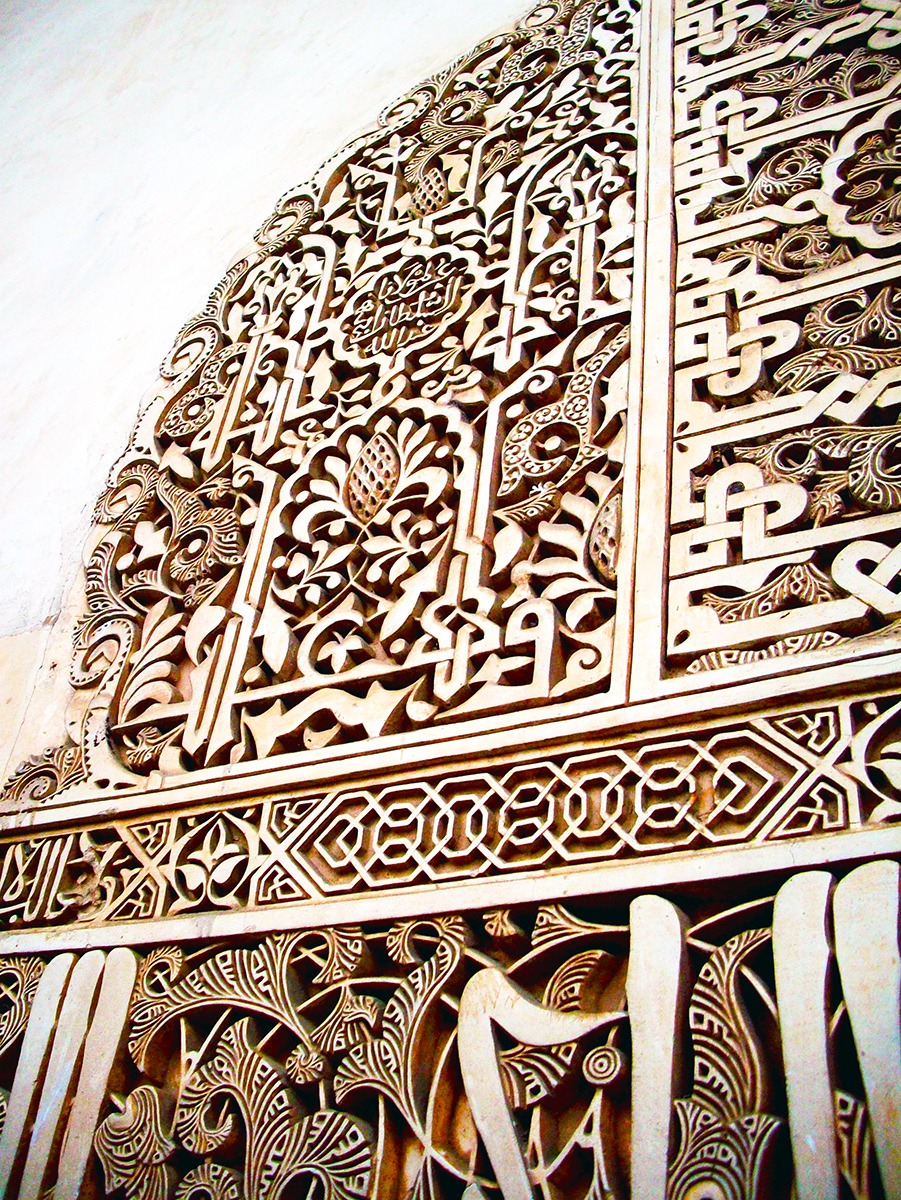
The level of details inside the Alhambra is simply, and quite literally, unsurpassed. In fact, the Alhambra tiles are remarkable in that they contain nearly all of the seventeen mathematically possible wallpaper groups, a unique accomplishment in world architecture. The arabesques found in archways and around windows are also sublime and intricate.
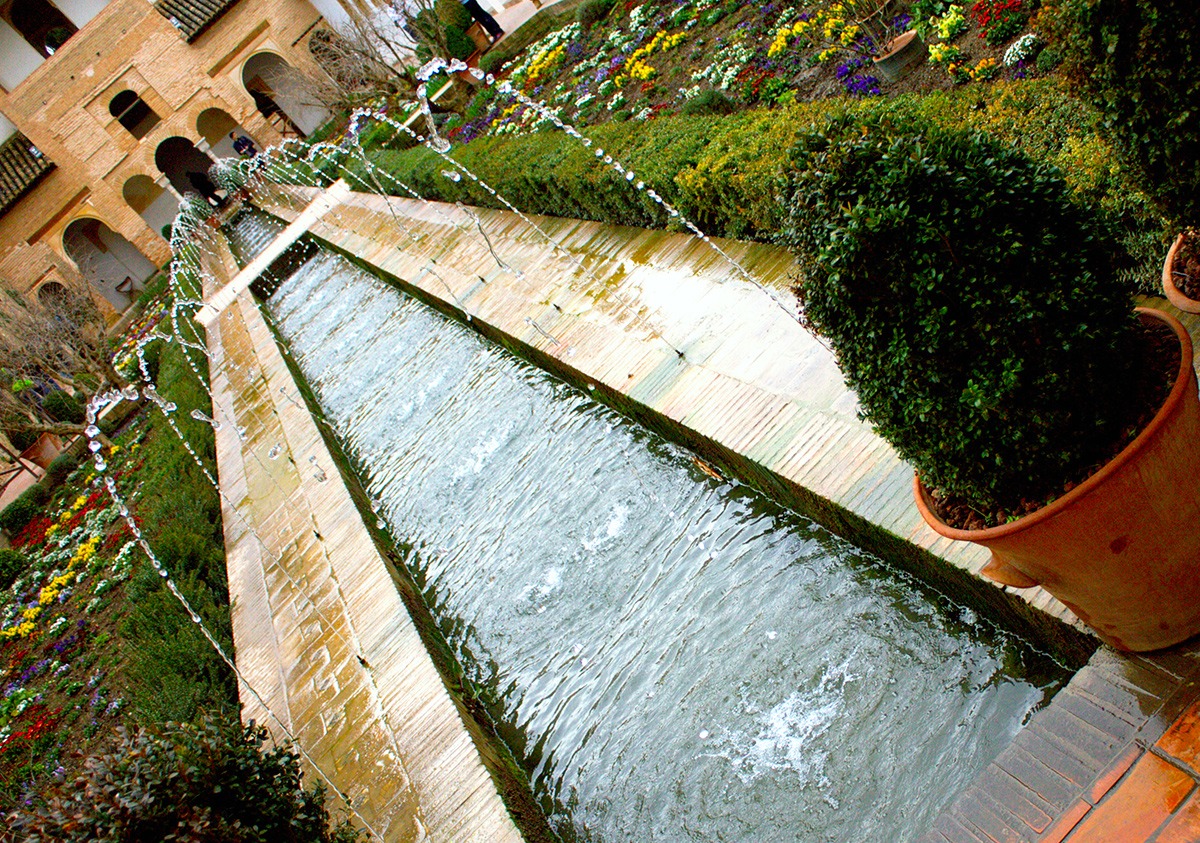 Pools in the Palacio de Generalife
Pools in the Palacio de Generalife
The gardens of the Alhambra are every bit as enjoyable as the fortress itself. Fountains trickle, birds sing, leaves rustle; thousands of organisms live harmoniously along the symmetrically yet graciously laid out walls and pathways of the Generalife gardens. Every colour of the rainbow is present here.
The Generalife was formerly home to a summer palace and was used as a leisure area for Nasrid emirs, their “country getaway” of sorts whenever they needed to get away from the official affairs of the court. They are now one of the oldest surviving Moorish gardens.
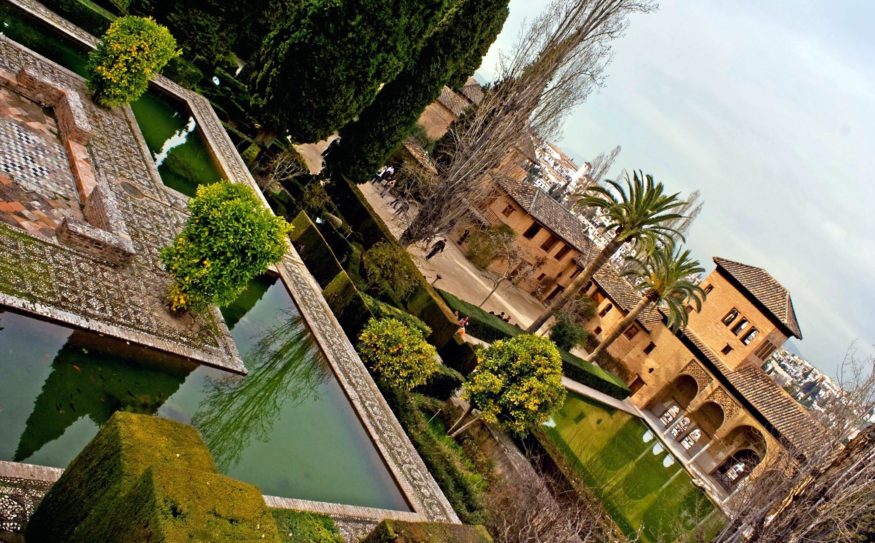
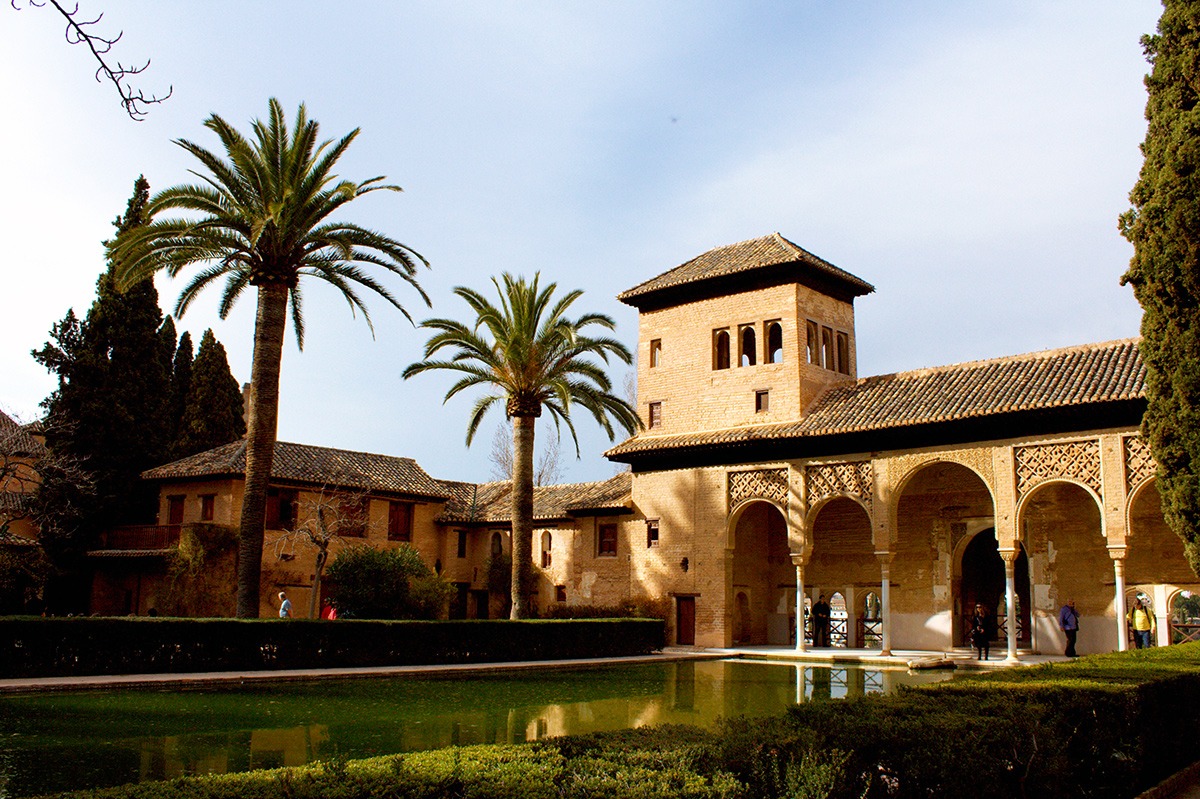 Ladies Tower
Ladies Tower
This is actually one of the oldest parts of the already ancient Alhambra; they contain the only surviving Muslim-era paintings in all of the Alhambra from the time of Mohammed III.
How to visit the Alhambra
- Plan a full day for it. It doesn’t take all day to visit, but you will be so tired afterwards all you will want to do is go to the nearest tapas bar!
- You absolutely must buy your tickets in advance as the Alhambra receives a mindblowing number of visitors. You will be assigned a time slot and you will need to stick to it. If you’re late, you’ll have to get new tickets!
- Get a guided tour. The palace and the gardens are impressive enough on their own, but only a professional guide can truly bring these places back to life with their chronology, facts and anecdotes.
- Make sure you have ample space on your camera’s SD card.
- There isn’t anything to eat on site, so plan accordingly.

